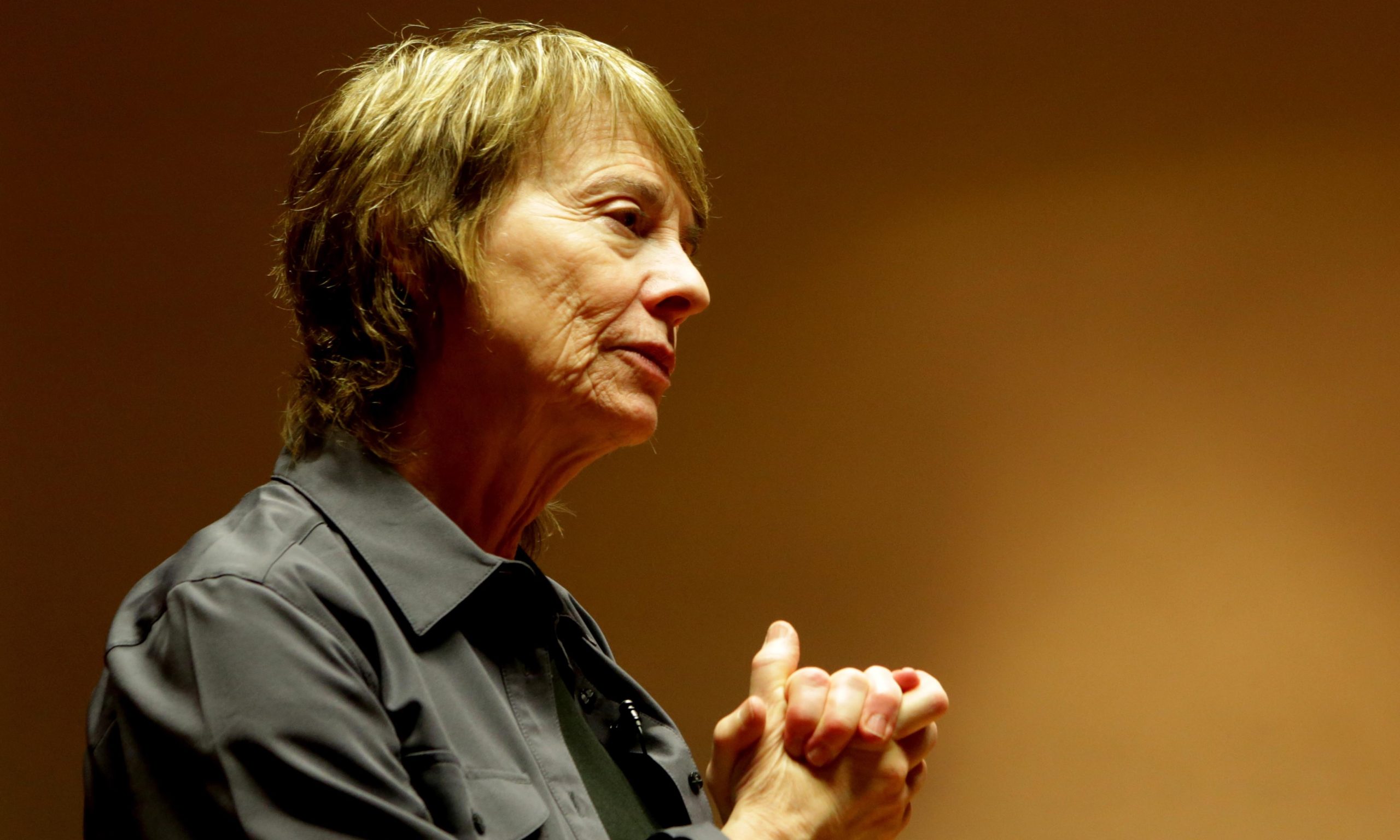
Few people have garnered as much criticism from both feminists and the patriarchy as Camille Paglia. In fact, whether she should be called a feminist at all has been the debate of scholars for generations now, and undoubtedly the central question of many post-graduate theses.
Currently a professor at the University of the Arts in Philadelphia, where she has taught since 1984, Paglia has made a career as a staunch social critic, eschewing many of the ideas of modern culture and political correctness. Even some of her own ideas have shifted from one end of the spectrum to the other, after time has breathed new life and context into changing social climates and political correctness.
Early in her studies at Binghamton University and Yale (where she claimed to be the only “out” lesbian on campus), Paglia was drawn to works by Simone de Beauvoir and Germaine Greer. However, she soon took a more combative than collaborative approach to feminism, establishing a reputation as a thinker who was not above insults and injury towards others within academia.
Paglia has garnered perhaps the most criticism as a TERF, or trans-exclusionary radical feminist. While Paglia herself now identifies as transgender, based on the extreme gender dysphoria she has reported feeling since early childhood, she balks at much of the current transgender discourse. According to Paglia, "In a democracy, everyone, no matter how nonconformist or eccentric, should be free from harassment and abuse. But at the same time, no one deserves special rights, protections, or privileges on the basis of their eccentricity."
She has also openly rejected the “theory” of climate change, asserting that "it is certainly ironic how liberals who posture as defenders of science when it comes to global warming (a sentimental myth unsupported by evidence) flee all reference to biology when it comes to gender." Suffice it to say, Paglia has armies of allies and detractors on both sides of whatever fence she stands beside. She’s nevertheless a constant catalyst for keeping many important conversations moving towards the forefront of the media eye.
